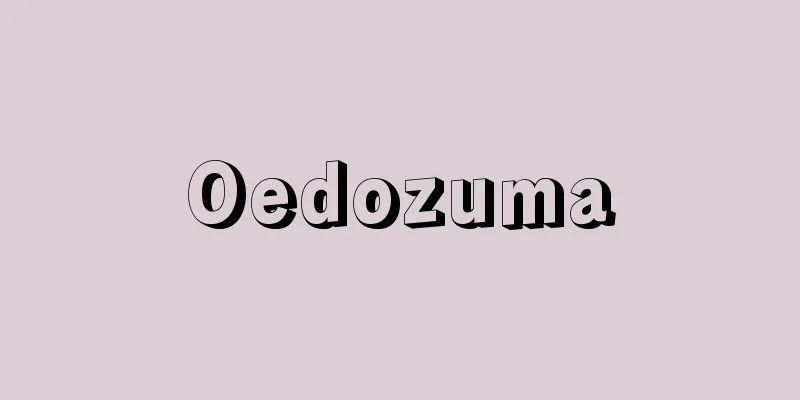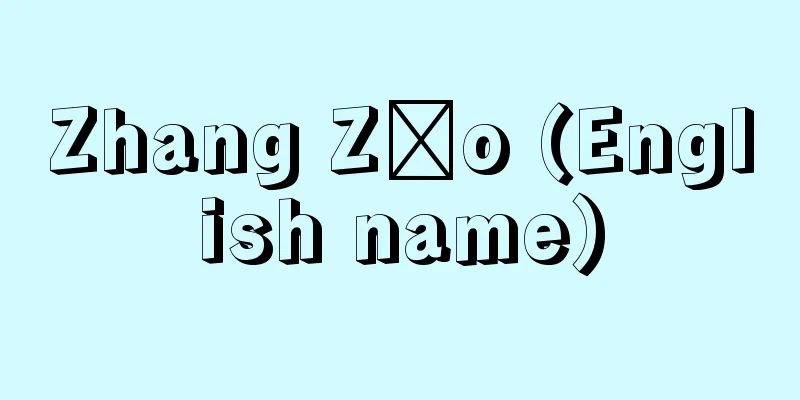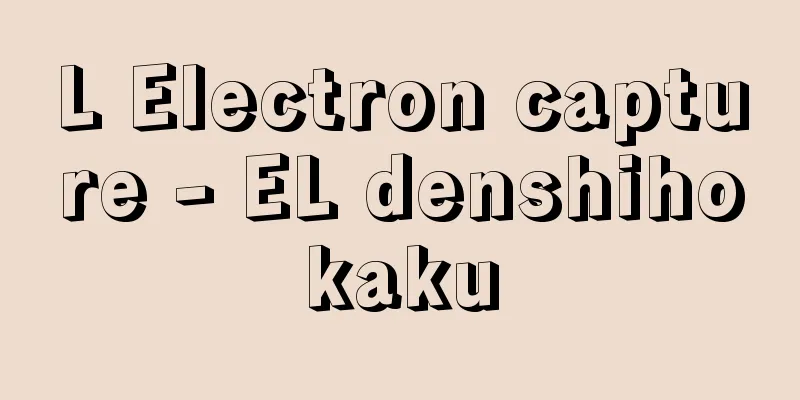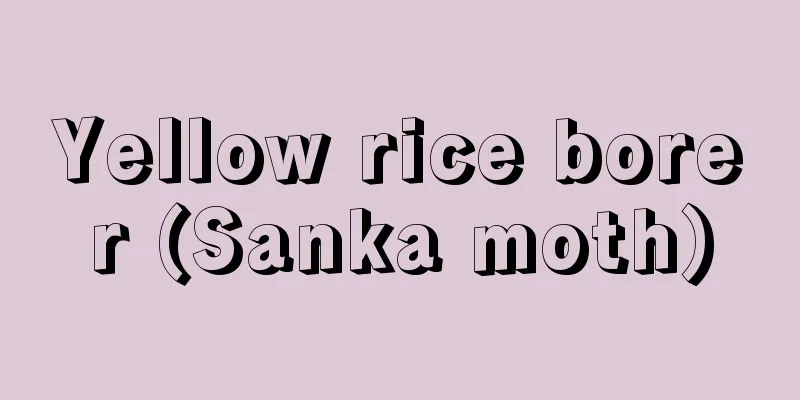Book of Calligraphy - Shokyo

|
One of the Five Classics of Confucianism. Originally simply called "Book," it was called "Shangshu" after the Han dynasty, and the name "Book of Documents" began in the Song dynasty. It is a classic among classics, along with the "Book of Songs." It is said to have been compiled by Confucius (Kōshi) and compiled into a book of 100 volumes the deeds of three emperors, including Yao, Shun, and the Xia, Shang (Yin), and Zhou dynasties, based on documents from ancient historians. It includes mythological traditions as well as historical facts, but Confucians respected it as showing the universal laws of governance. The current Book of Documents consists of 58 chapters, but there are important questions regarding their origin and authenticity. After the book was abolished by the burning of books by Qin Shi Huang and the burning of Xianyang by Xiang Yu, the Book of Documents reappeared in the early Han dynasty in 29 chapters (including a preface) transmitted by the Qin scholar Fu Sheng, and was called the Modern Text Shangshu because it was written in the clerical script used in the Han dynasty. Later, 16 more chapters were discovered in the walls of Confucius' former home, but because it was written in the ancient kato script, it was called the Ancient Text Shangshu. This "Ancient Book of Writings" was read and transmitted by Kong Anguo during the reign of Emperor Wu of the Western Han Dynasty, but was lost during the Yongjia Rebellion at the end of the Western Jin Dynasty. However, at the beginning of the 4th century, Mei Jin of the Eastern Jin Dynasty presented the "Ancient Book of Writings" with 58 chapters, entitled "Biographies of Kong Anguo," to the imperial court. The contents of the book were: 28 chapters in modern text divided into 33 chapters, to which 25 forged chapters were added, the preface of one of the original chapters was divided and placed at the beginning of each chapter, and the entire book was filled with forged notes about Kong Anguo. This is called the "Fake Ancient Book of Writings." At the beginning of the Tang Dynasty, when Kong Yingda and others wrote the Five Classics Commentary by imperial order, it was not yet clear that it was a forgery, and the commentary (also called the commentary) of the Book of Masters was based on this book and based on the Biography of Confucius, so it gained the status of an orthodox text and was passed down. However, in the Book of Masters commentary by Cai Shen of the Southern Song Dynasty, who was asked by his teacher Zhu Xi (Zhu Xi), he paid attention to the distinction between modern and ancient texts, and doubted the preface and the Biography of Confucius and did not adopt them. At the beginning of the Qing Dynasty, Yan Ruoying's research on the ancient text of the Book of Masters revealed the aspects of the forgery one by one. Some scholars refer to the 28 chapters of the modern text (currently 33 chapters) as the Book of True Ancient Text. [The World of the Ordinary] "An Introduction to the Study of Classics" by Morohashi Tetsuji (1936, Meguro Shoten)" ▽ "The Establishment of the Classics" by Hiraoka Takeo (1946, Zenkoku Shobo)" ▽ "A Study of the Shangshu in Ancient Texts" by Kobayashi Nobuaki (1959, Taishukan Shoten)" ▽ "The Development of the Shangshu in the Spring and Autumn Period and the Warring States Period" by Matsumoto Masaaki (1966, Kazama Shobo)" ▽ "A Collection of Commentaries on the Shangshu in Ancient Texts" by Kato Tsuneyoshi (1964, Meiji Shoin)" ▽ "The Chinese Classical Literature Series 1: Shujing and Yijing (Excerpts), translated by Akatsuka Tadashi (1972, Heibonsha)" ▽ "The Complete Commentary of the Chinese Classics Series 11: Shangshu, translated and annotated by Ikeda Suetoshi (1975, Shueisha)" ▽ "General Commentary on the Shangshu" by Chen Mengjia (1957, Shanghai Commercial Press)" ▽ "Shangshuuingron by Zhang Xidang (1958, Xi'an Shaanxi People's Publishing House)" Source: Shogakukan Encyclopedia Nipponica About Encyclopedia Nipponica Information | Legend |
|
儒教の五経の一つ。もと単に『書』といい、漢以後『尚書(しょうしょ)』とよばれ、『書経』と称するのは宋(そう)に始まる。『詩経』と並び称せられる古典のなかの古典である。編者は孔子(こうし)(孔丘)であると伝えられ、上古歴代史官の文書をもとに、堯(ぎょう)・舜(しゅん)以下、夏(か)・商(殷(いん))・周3代の帝王の事蹟(じせき)を100篇(へん)の書にまとめたという。史実のほか神話的伝承を含んでいるが、儒家はこれを天下統治の普遍的法則を示すものとして尊重した。 現行の『書経』は58篇を存するが、その伝来・真偽をめぐって重要な問題がある。秦(しん)の始皇帝(しこうてい)の焚書(ふんしょ)と項羽(こうう)の咸陽(かんよう)焼打ちによる廃絶ののち、漢初ふたたび世に出た『書』は、秦の博士伏生(ふくせい)が伝えた29篇(序の1篇を含む)で、漢代通行の隷書(れいしょ)で書かれていたので『今文(きんぶん)尚書』という。その後、孔子の旧宅の壁中から、今文より16篇多い『書』が発見されたが、古代の蝌蚪(かと)文字で書かれていたので『古文尚書』とよばれた。この『古文尚書』は前漢の武帝(ぶてい)のとき孔安国(こうあんこく)が読み伝授したが、西晋(せいしん)末の永嘉(えいか)の乱に失われてしまった。ところが4世紀の初め、東晋の梅賾(ばいさく)が孔安国伝と称する『古文尚書』58篇を朝廷に奉ったのである。その内容は、今文の28篇を33篇に分け、これに偽作の25篇を加え、もと1篇の序は分割して各篇首に配し、かつ全篇にわたってこれまた偽作の孔安国の伝(注釈)をつけたものであった。これを『偽古文尚書』という。唐初、孔穎達(くようだつ)らが勅命によって『五経正義』を著したときには、まだ偽作のことは明らかでなく、『尚書』の正義(疏(そ)ともいい、注釈のこと)はこの本に依拠し孔伝を祖述したために、これが正統的な地位を得て継承されることになった。しかし、南宋(そう)の蔡沈(さいちん)が師朱子(しゅし)(朱熹(しゅき))の意を受けて注釈を施した『書集伝』では、今文・古文の区別に留意し、序と孔伝を疑って採用していない。清(しん)初、閻若璩(えんじゃくきょ)の考証『尚書古文疏証』に至って、偽作の様相は逐一明らかにされたのであった。今文の28篇(現行33篇)を『真古文尚書』と称する学者もある。 [廣常人世] 『諸橋轍次著『経学研究序説』(1936・目黒書店)』▽『平岡武夫著『経書の成立』(1946・全国書房)』▽『小林信明著『古文尚書の研究』(1959・大修館書店)』▽『松本雅明著『春秋戦国における尚書の展開』(1966・風間書房)』▽『加藤常賢著『真古文尚書集釈』(1964・明治書院)』▽『赤塚忠訳『中国古典文学大系1 書経・易経(抄)』(1972・平凡社)』▽『池田末利訳注『全釈漢文大系11 尚書』(1975・集英社)』▽『陳夢家著『尚書通論』(1957・上海商務印書館)』▽『張西堂著『尚書引論』(1958・西安陝西人民出版社)』 出典 小学館 日本大百科全書(ニッポニカ)日本大百科全書(ニッポニカ)について 情報 | 凡例 |
<<: Overture - Jokyoku (English spelling) overture
Recommend
Tsukumowan - Tsukumowan
This small bay is located in the Uchiura area of ...
Okijoruri - Japanese traditional puppet theatre
〘 noun 〙 In Shosagoto Joruri, the introductory par...
Environmental standards
Environmental standards refer to the standards fo...
Cyclamen - Shikuramen (English spelling) cyclamen
A bulbous plant of the Primulaceae family (APG cl...
Ungulates - ungulates
A common name for hoofed mammals, including odd-t...
Okuri Misono - Okuri miso
In the Middle Ages, those who produced and prepare...
Luther, H. (English spelling) Luther H
…German Reformer. Born in Eisleben in central Ger...
Adversary Culture
…A subculture that is hostile and rebellious agai...
Kim Ok-gyun
A politician and leader of the Enlightenment fact...
Haikai Outline - Haikai Taiyo
Haiku Theory. Written by Masaoka Shiki. Published ...
Cite [island] - Cite
A small island in the Seine in the center of Paris...
Irrational number - irrational number
A real number that is not rational is called an i...
Shinkai
Year of birth: Date of birth and death unknown. A ...
Naniwa-kyo
Since the construction of Naniwa Nagara Toyosaki ...
Cajeput
[Noun] (kajuputih) An evergreen tall tree of the M...









